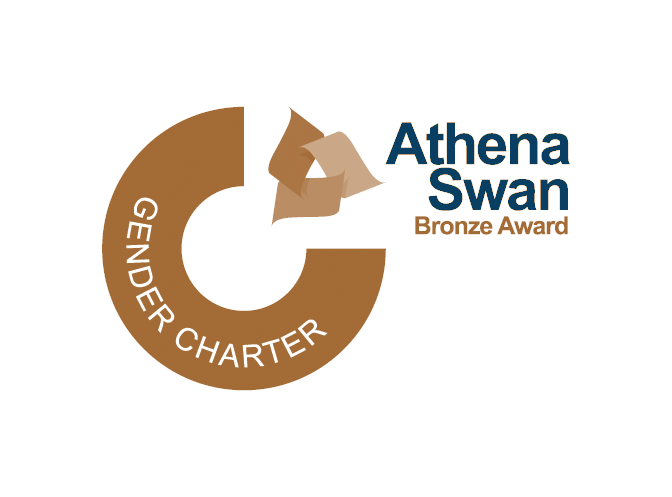Exam format for June 2025
The structure of the exam papers is very similar to those used in previous years and is available here.
The examination timetable will be published on the dates of the tripos exams web page once it is confirmed. The timetable currently shows 2024/25 exams.
Papers for Part 1A, Part 1B and Part II will be in-person, closed book, duration 3 hours. Part 1A NST Maths papers will also be in-person, closed book*. Please refer to the University Guide to in-person exams.
*1A Maths exams are run by the Natural Science Department and the code of conduct will be different this year from your Computer Science exams. The two Maths papers will be closed-book and in-person. Link to the NST Mathematics Course website for past papers etc. Note: Calculators are not allowed for these papers.
Slides from the 1A Examination Briefing on 22 May 2024 can be found here.
Form and Conduct instructions
- All CST Examination papers last 3 hours.
- You should have received notification if you are allowed extra time for your examinations.
- For each paper you answer 5 questions. (Note: Students are strongly advised to only answer five questions, as only five will be marked and there is no guarantee this will be the best five. The examiners may simply mark the first five that they receive, so submitting more than that gives no advantage. Students are advised to concentrate on providing five good answers rather than spreading themselves too thinly by answering more than are needed.)
Plagiarism
The current guidance regarding plagiarism and academic misconduct still applies and is given here.
Assessment Mitigation
| Student pages on Assessment mitigation |
https://www.cambridgestudents.cam.ac.uk/your-course/examinations/mitigation |

